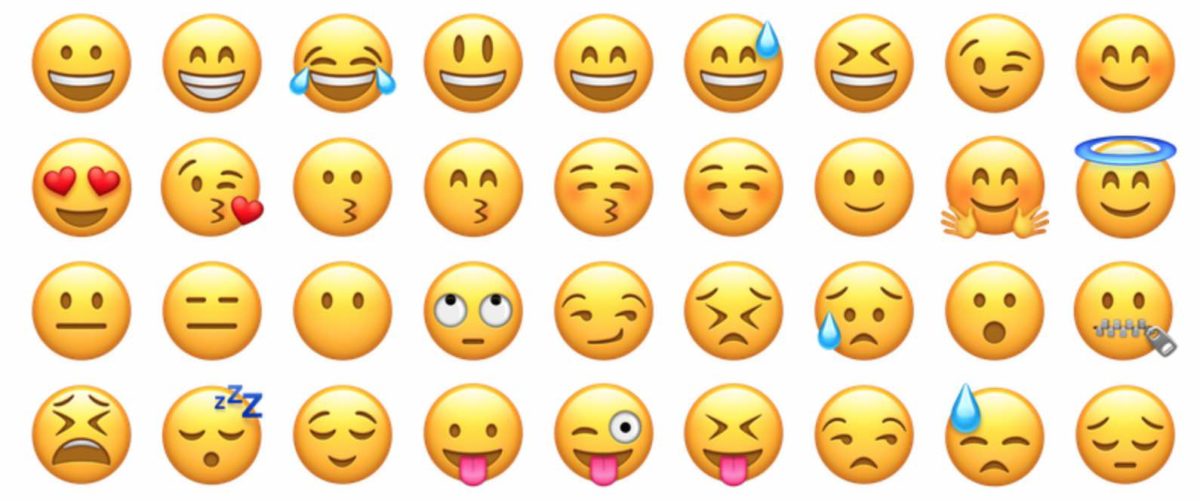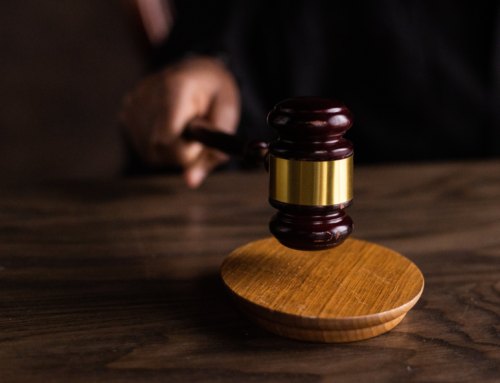Some may argue that emojis, the popular small images used to communicate digitally are “the universal language”. However, as many of us have experienced, emojis often have different interpretations.
WHAT IS AN EMOJI?
An emoji is defined by Mirriam-Webster dictionary as “any of various small images, symbols, or icons used in text fields in electronic communication (as in text messages, e-mail, and social media) to express the emotional attitude of the writer, convey information succinctly, communicate a message playfully without using words, etc.” (“Emoji”, Mirriam Webster Dictionary, 2017, https://www.merriam-webster.com/, (7/27/2017)). Currently, there are over 2,600 Emojis in creation, but the meaning of those Emojis depends on what the sender and receiver interpret the emoji to mean.
HOW DO WE INTERPRET THE MEANING OF EMOJIS?
As more and more people use emojis to communicate, courts will soon grapple with how to interpret emojis. As we know, with the advancement of technology, courts struggle to keep up with the changes. See Robert Pellegrini’s article on text messages binding real estate agents, for example. In the first of what I am sure will be many cases regarding this issue, a judge in Israel ruled that an Emoji can convey intent (Joe Patrice, Court Rules Emoji Can Convey Intent, http://abovethelaw.com/2017/06/court-rules-emoji-can-convey-intent/). The specific case involved a landlord’s text from a potential tenant, but undoubtedly the use of emojis will come up in future litigation involving divorce, custody, and other civil cases.
The outcome of those cases will depend on how the courts interpret emojis. As John Zuccaro III, an associate at PK Boston Law points out, “The issue undoubtedly, like anything else, is how a specific person intends or interprets a given symbol in a specific conversation and context, and that’s what will be litigated.” An emoji may also mean different things to different people. When determining the meaning of an emoji, it will be necessary for courts to consider the context in which the emoji was sent.
As society’s use of emojis in replace of words increases, it seems that courts will have no choice but to interpret emojis in some way, shape, or form in the near future. It will be interesting to see how emojis are handled by the court system, given that there is no universal interpretation. This is undoubtedly an issue that will be faced by courts in our jurisdiction in the near future.





